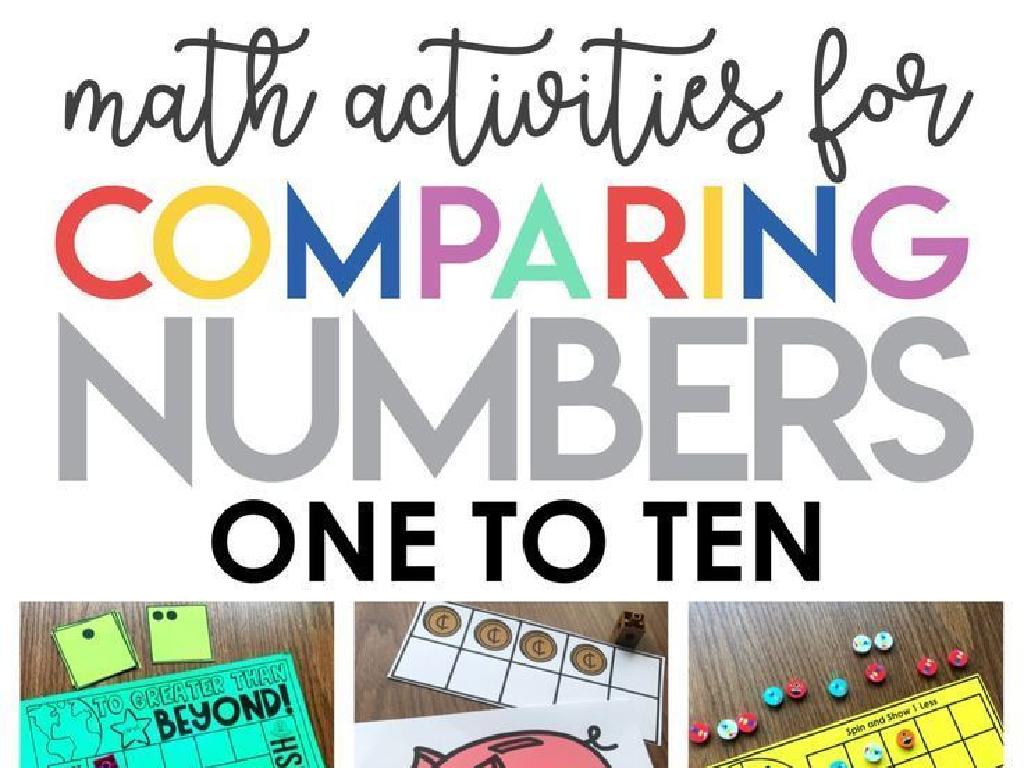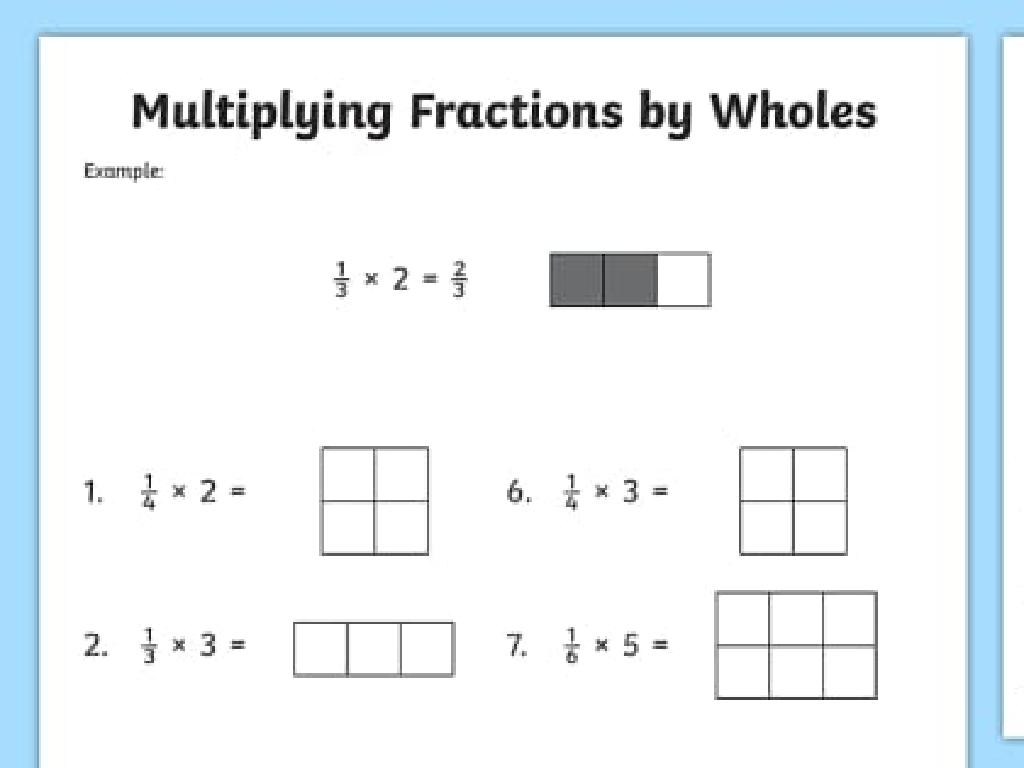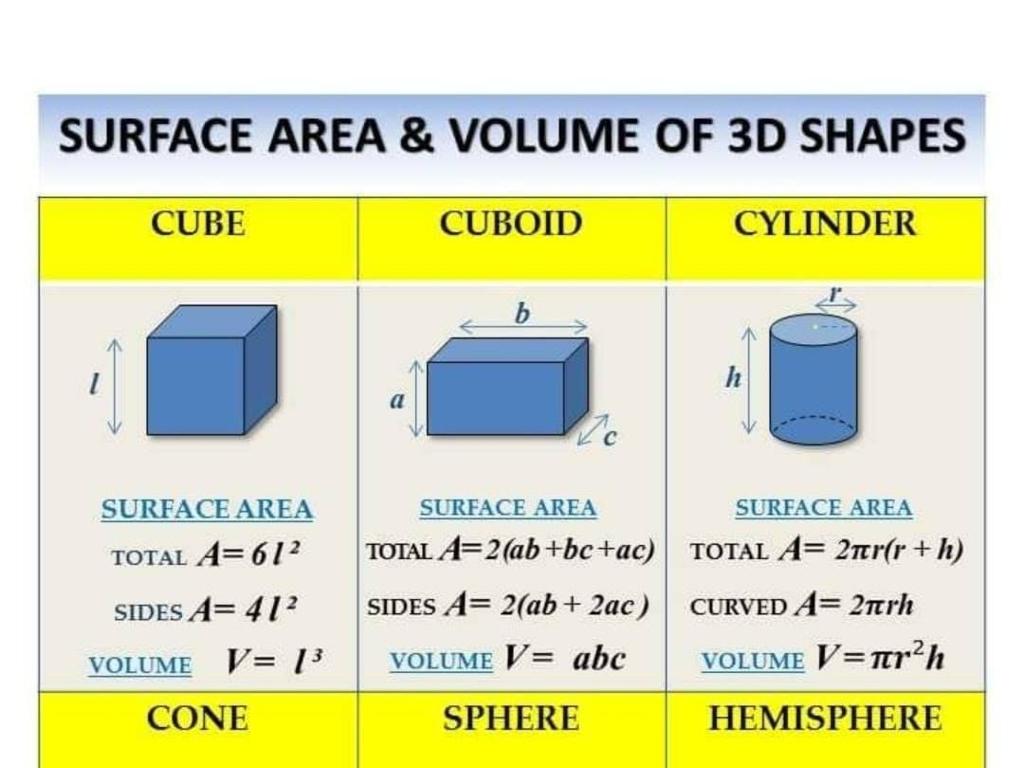Solve Word Problems Using Guess-And-Check
Subject: Math
Grade: Fourth grade
Topic: Multi-Step Word Problems
Please LOG IN to download the presentation. Access is available to registered users only.
View More Content
Becoming Problem-Solving Detectives
– Multi-step problems explained
Problems that require more than one step to solve.
– Guess-and-check method
Make an educated guess, check if it works, and revise as needed.
– Why guess-and-check works
It’s a practical strategy to find solutions without an obvious starting point.
– Today’s detective goal
|
Today’s lesson introduces students to multi-step word problems, which are problems that require more than one mathematical operation to solve. We’ll explore the guess-and-check method, a powerful tool that allows students to make an educated guess towards the solution, check to see if it solves the problem, and revise their guess accordingly. This method teaches persistence and problem-solving skills. By the end of the lesson, students will see themselves as detectives, using clues (the information in the problem) to solve the mystery (the word problem). Encourage students to embrace trial and error and to understand that making mistakes is a valuable part of learning.
Solving Multi-Step Word Problems
– Understanding multi-step problems
– These require several steps to find the answer.
– Problems are like treasure hunts
– Follow the clues in the problem to find the solution.
– Example: Apples problem
– Start with 3 apples, buy 5, give away 2, how many left?
– Guess-and-check strategy
– Make a guess, check if it fits the clues, and revise if needed.
|
This slide introduces students to multi-step word problems, which are problems that need more than one mathematical operation to solve. Compare solving these problems to a treasure hunt where each step or clue brings them closer to the final solution. Use the apple example to illustrate a simple multi-step problem. Teach the guess-and-check method as a strategy for solving these problems, where students make an educated guess based on the clues, check if their guess solves the problem, and revise their guess accordingly. Encourage students to write down each step as they work through the problem.
The Guess-and-Check Strategy
– Make an educated guess
– Think what makes sense before you guess
– Check if it solves the problem
– Does your guess answer the question?
– Revise the guess if needed
– If not, change your guess a little bit
– Practice and become a math detective
– We’ll do fun activities to improve
|
This slide introduces the guess-and-check strategy for solving multi-step word problems. Emphasize to students that making an educated guess means using what they know about the problem to make a smart starting point. Checking involves seeing if the guess meets the conditions of the problem. If the guess doesn’t work, students should adjust it based on the feedback from their check. Encourage them to think of themselves as detectives looking for clues to solve a mystery. Provide examples of word problems and guide them through the process of guessing, checking, and revising their answers. Plan activities where students can practice this strategy in pairs or groups to build their problem-solving skills.
Guess-and-Check Strategy
– Understand the problem
– Read the problem carefully and discuss what it’s asking for.
– Make educated guesses
– Use what you know to make smart guesses towards the solution.
– Check each guess
– After each guess, see if it fits the problem’s conditions.
– Find the correct solution
– Keep guessing and checking until you find the answer that works.
|
This slide introduces the guess-and-check strategy for solving multi-step word problems. Start by reading the problem aloud with the class and discussing what is being asked. Emphasize the importance of understanding the question before attempting to solve it. Guide students through making educated guesses based on the information given in the problem. Teach them how to check their guesses systematically by applying them to the problem to see if they make sense. Encourage students to persist with different guesses until they arrive at the correct solution. Provide an example problem for the class to work through together using this method.
Your Turn to Guess-and-Check!
– Try solving a new problem
– Guess wisely and check your work
– Think about what makes sense for the problem
– It’s okay to make mistakes
– Every mistake is a step towards the right answer
– Keep trying until you succeed
– Practice makes perfect, don’t give up!
|
This slide is designed to encourage students to apply the guess-and-check strategy to solve a new word problem. Provide a problem that is suitable for their level and can be solved using this method. Remind them to make educated guesses based on what they know about the problem and to check their work after each attempt. Emphasize that it’s normal not to get the answer right on the first try and that persistence is key. Offer support and guidance as needed, and consider pairing students to foster collaborative problem-solving. Prepare to celebrate their efforts and successes, regardless of how many attempts it takes.
Class Activity: Word Problem Challenge
– Work in groups on word problems
– Apply guess-and-check method
– Make an initial guess, check if it solves the problem, revise if necessary
– Present your solution to the class
– Explain your reasoning
– Share how you used guess-and-check to find the answer
|
This activity is designed to promote collaborative problem-solving and critical thinking among students. Divide the class into small groups and provide each with a set of multi-step word problems. Guide them to use the guess-and-check strategy, which involves making an educated guess, checking to see if it solves the problem, and adjusting the guess accordingly. After solving the problems, each group will present their solutions and explain the process they used to arrive at their answers. This will help students articulate their thought process and learn from each other. Possible activities for different groups could include problems with varying complexity or incorporating different mathematical concepts to ensure a comprehensive understanding of the guess-and-check method.
Conclusion & Reflection: Guess-and-Check Strategy
– Recap on solving word problems
– Benefits of guess-and-check
– Guess-and-check made finding solutions easier
– Personal lesson takeaways
– Share a memorable moment from today’s math journey
– Encouragement to keep practicing
– Practice makes perfect! Try more problems at home
|
In this concluding slide, we reflect on the guess-and-check method as a problem-solving strategy for multi-step word problems. We discuss how this approach allows students to make educated guesses and refine their answers through iteration. Encourage students to think about how this method helped them solve complex problems more systematically. Ask them to share a specific aspect of the lesson that they found helpful or enjoyable, reinforcing the concept’s practicality. Remind them that mastering math problems takes practice and encourage them to continue working on similar problems at home to strengthen their skills.





